Our solar system is a vast and fascinating place filled with wonders. From the blazing Sun at its center to the distant and mysterious outer planets, there is so much to learn and discover. Here are 21 astonishing facts about our solar system that will leave you in awe of the universe we live in.
1. The Sun Is Huge
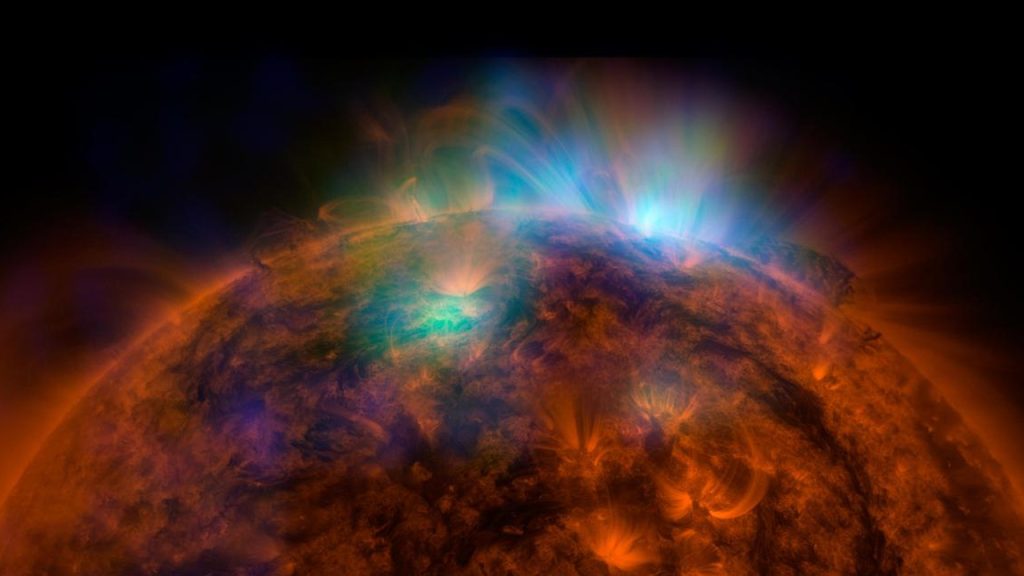
The Sun contains 99.86% of the mass in the entire solar system. It’s so large that about 1.3 million Earths could fit inside it.
2. Mercury Is Shrinking
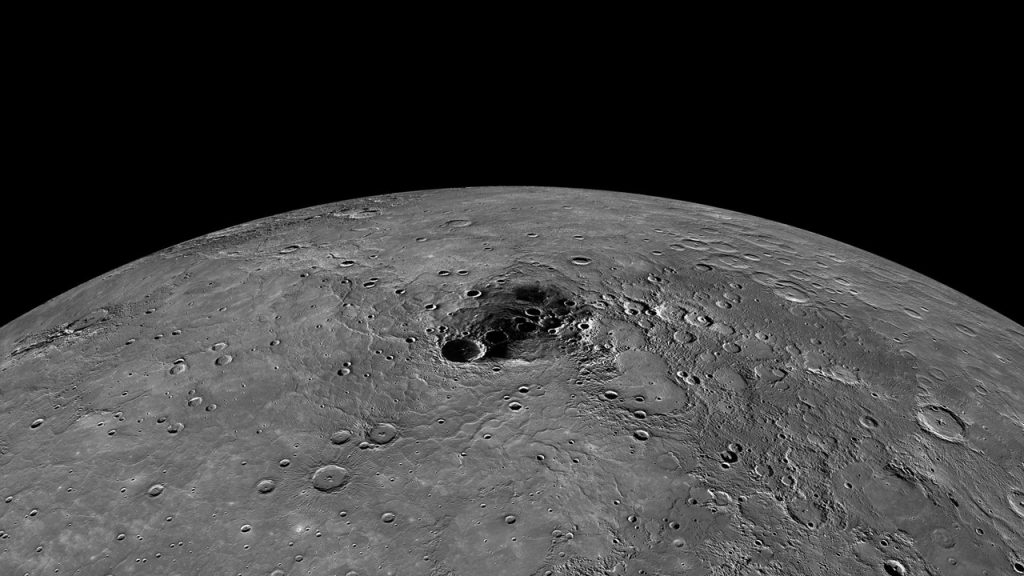
Mercury, the closest planet to the Sun, is getting smaller. Scientists have found evidence that the planet’s diameter has decreased by about 9 miles over the past 4 billion years.
3. Venus Is Extremely Hot
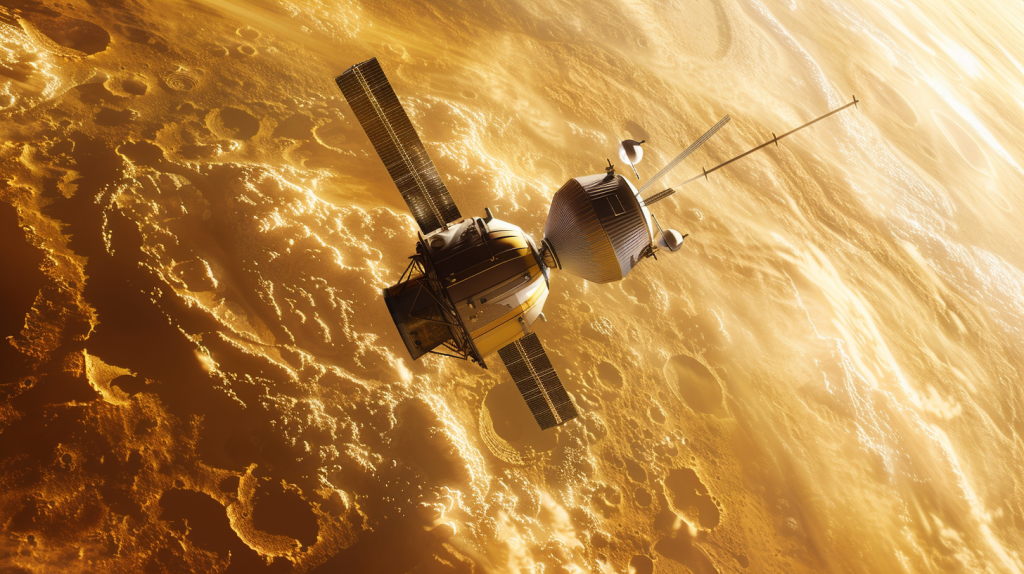
Venus is the hottest planet in our solar system with surface temperatures reaching up to 900 degrees Fahrenheit. This is due to its thick atmosphere, which traps heat in a runaway greenhouse effect.
4. Earth Is the Only Known Habitable Planet

Earth is the only planet in the solar system known to support life. It has the perfect conditions for living organisms, including water, a suitable atmosphere, and a stable climate.
5. Mars Has the Tallest Volcano
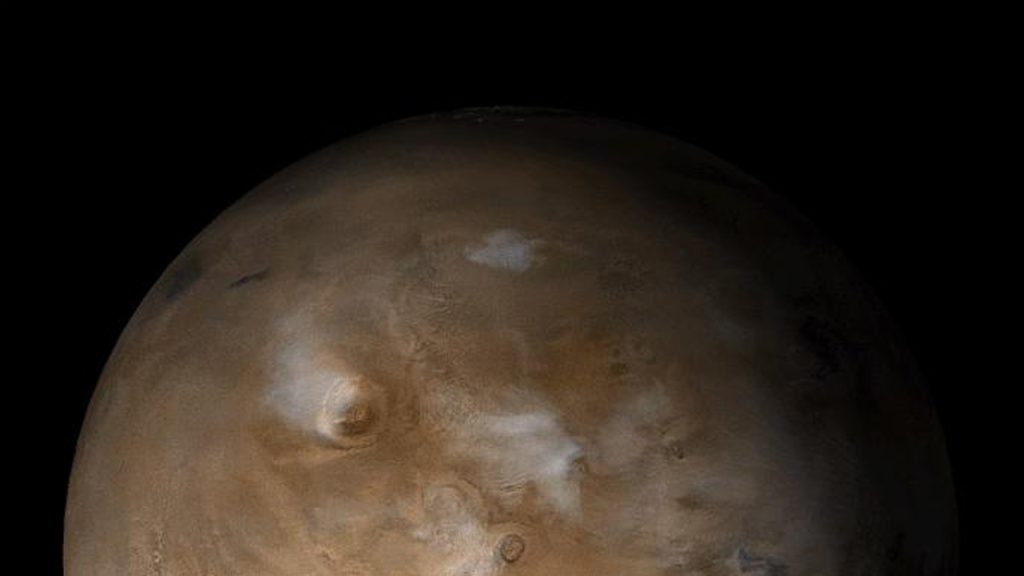
Olympus Mons on Mars is the tallest volcano and the tallest planetary mountain in our solar system. It stands about 13.6 miles high, which is nearly three times the height of Mount Everest.
6. Jupiter Is a Giant
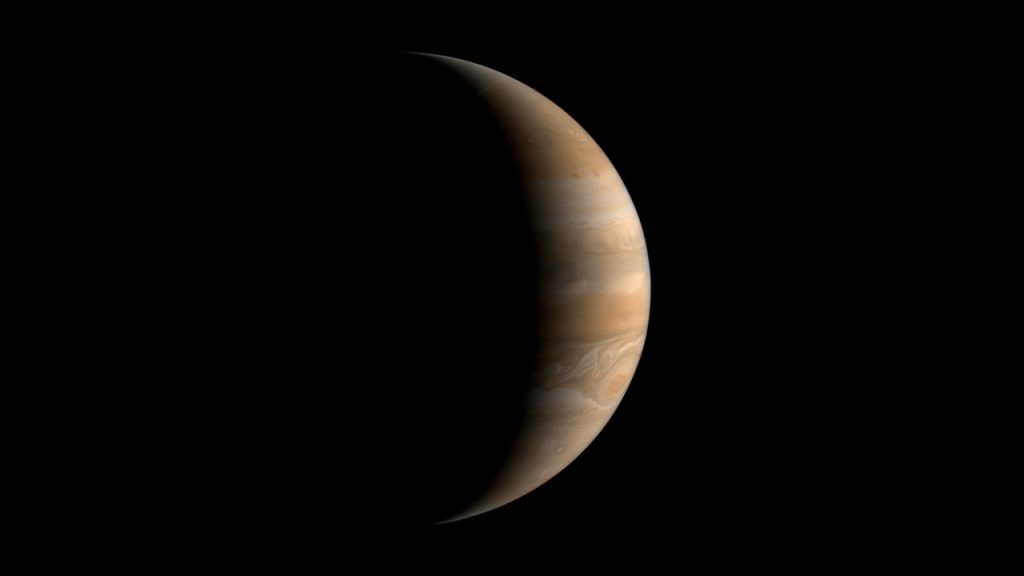
Jupiter is the largest planet in our solar system. It’s so big that more than 1,300 Earths could fit inside it. Its Great Red Spot is a massive storm that has been raging for at least 400 years.
7. Saturn’s Rings Are Spectacular
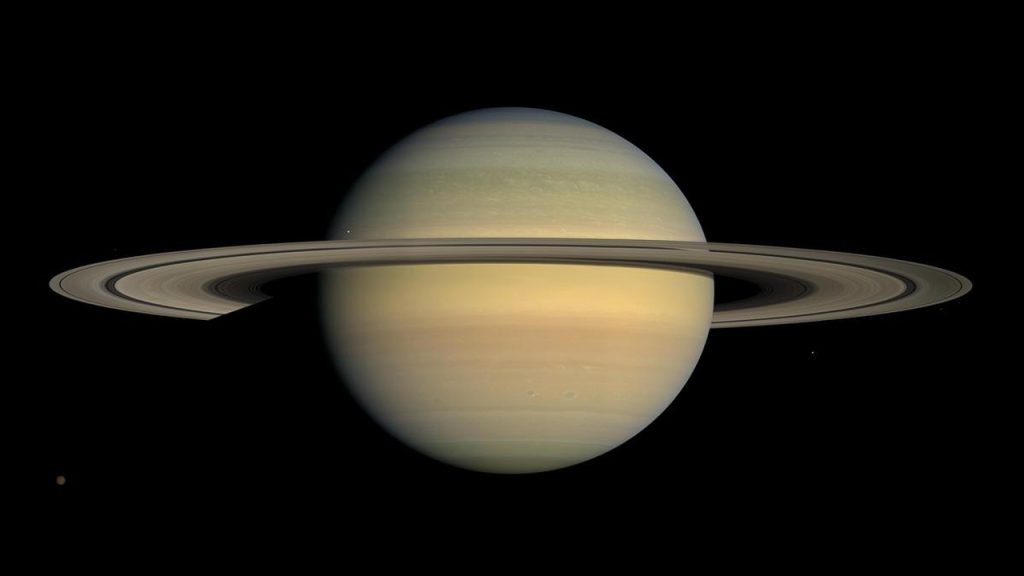
Saturn’s rings are made of ice and rock particles. They extend up to 175,000 miles from the planet but are only about 30 feet thick.
8. Uranus Rotates Sideways
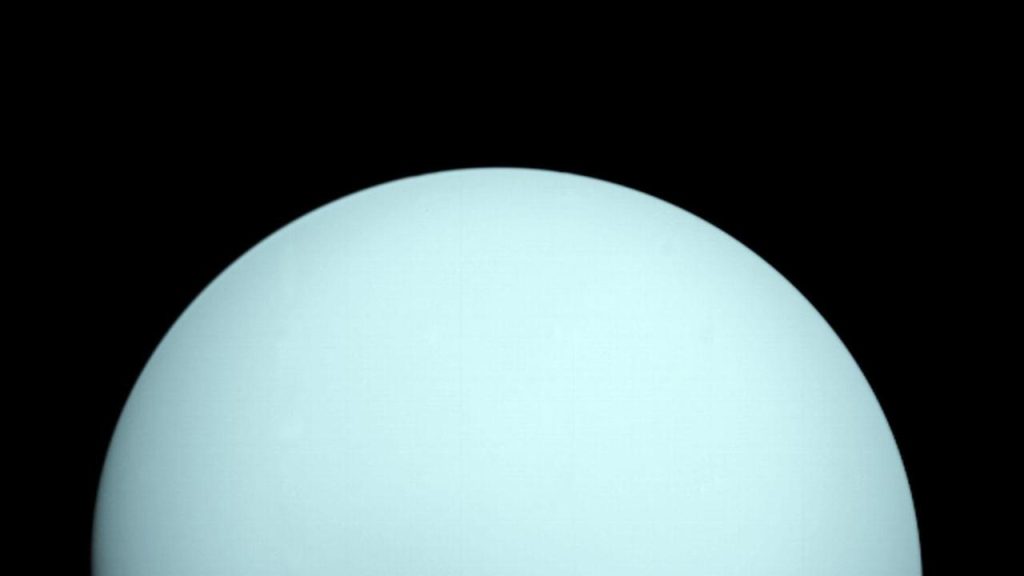
Uranus is unique because it rotates on its side. This unusual tilt causes extreme seasonal variations, with each pole getting around 42 years of continuous sunlight followed by 42 years of darkness.
9. Neptune Has Supersonic Winds
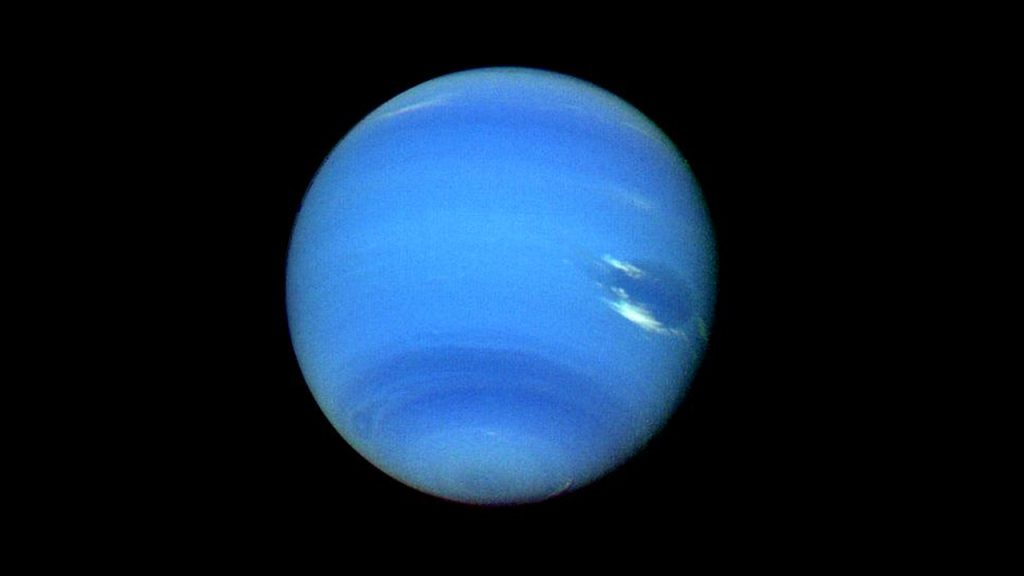
Neptune has the strongest winds in the solar system, with speeds reaching up to 1,200 miles per hour. These winds are faster than the speed of sound.
10. Pluto Is Smaller Than the Moon
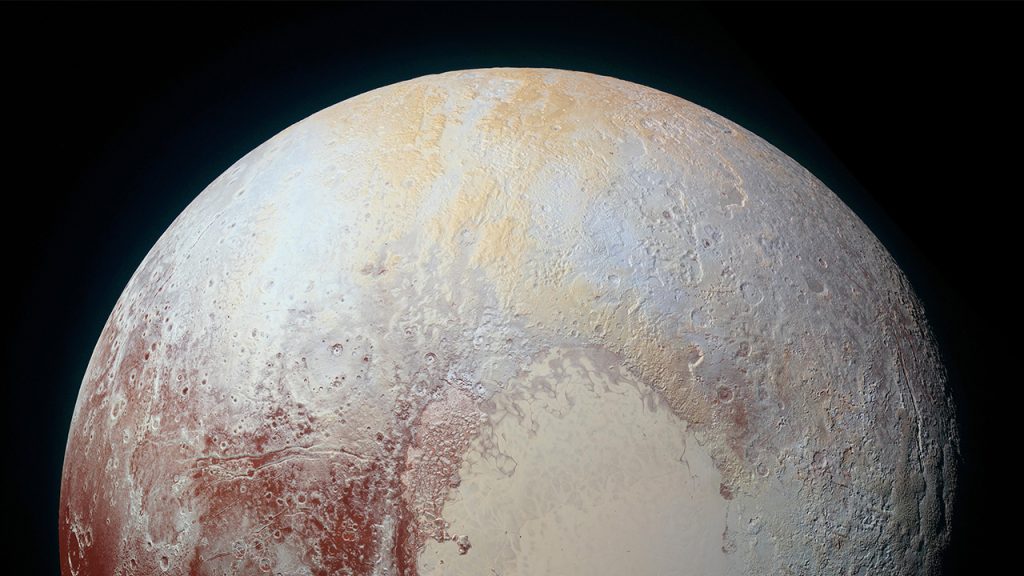
Pluto, once considered the ninth planet, is now classified as a dwarf planet. It is smaller than Earth’s Moon, with a diameter of about 1,475 miles.
11. The Kuiper Belt Is Full of Icy Bodies
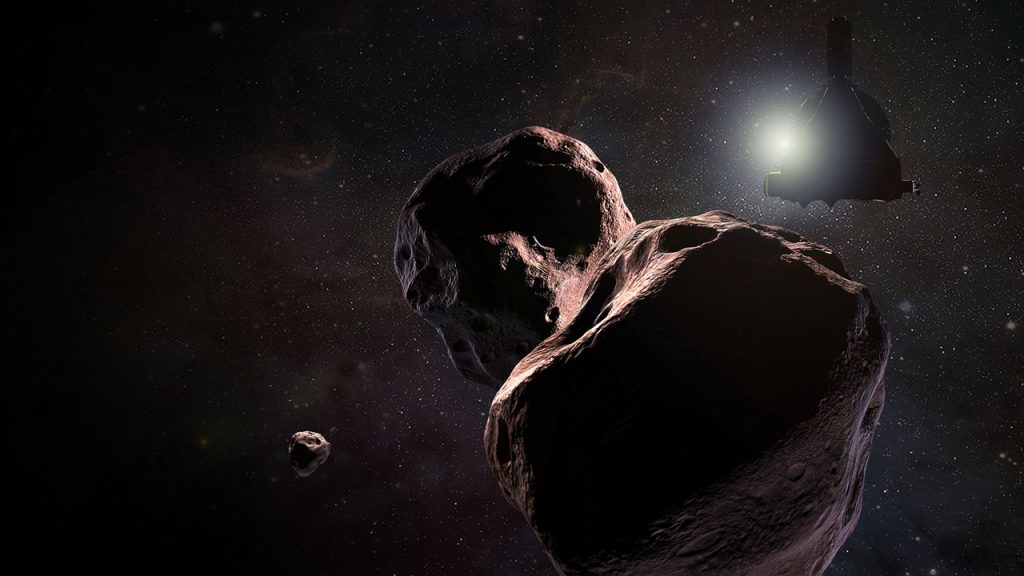
Beyond Neptune lies the Kuiper Belt, a region filled with icy bodies and dwarf planets, including Pluto. It extends from about 30 to 55 astronomical units (AU) from the Sun.
12. The Asteroid Belt Is Mostly Empty Space
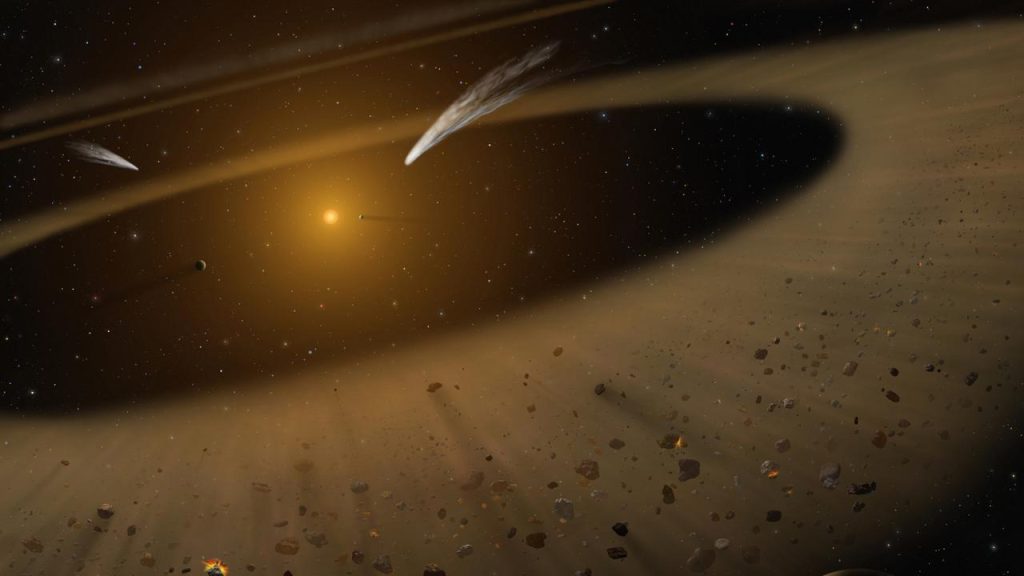
The asteroid belt between Mars and Jupiter contains millions of asteroids, but they are spread out over such a vast area that it is mostly empty space.
13. Comets Are Cosmic Snowballs
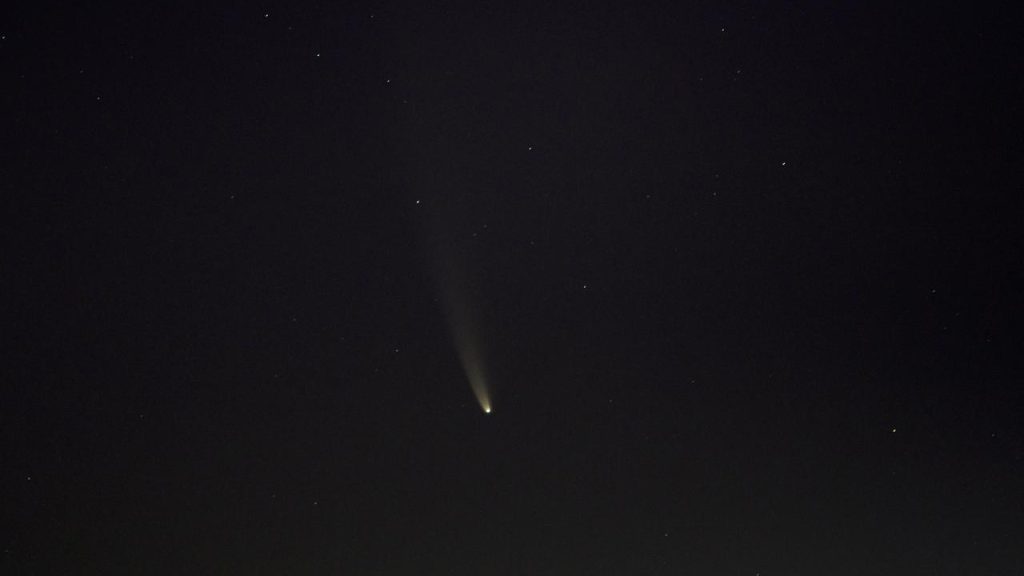
Comets are made of ice, dust, and rocky material. When they get close to the Sun, they heat up and release gases and dust, forming a glowing coma and tail.
14. The Oort Cloud Is Hypothetical
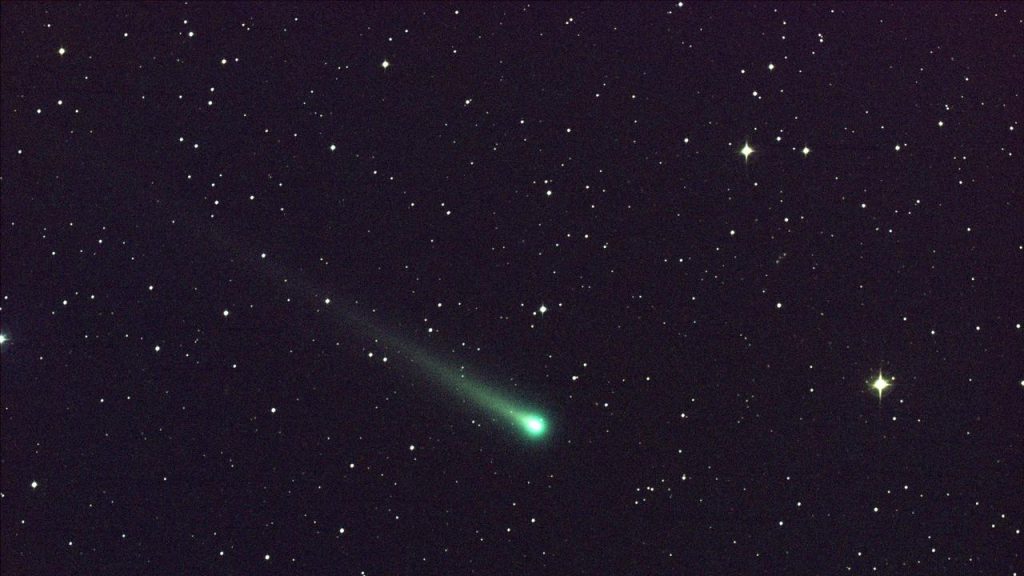
The Oort Cloud is a theoretical cloud of icy objects believed to surround the solar system at a distance of up to 100,000 AU. It is thought to be the source of long-period comets.
15. Venus Spins Backward
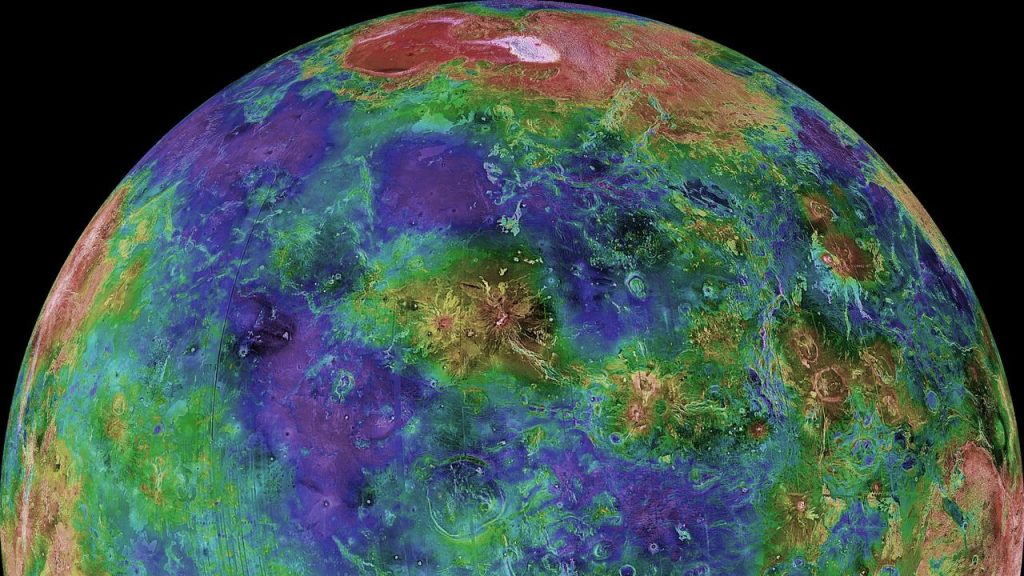
Venus rotates in the opposite direction to most planets in the solar system. This means that on Venus, the Sun rises in the west and sets in the east.
16. Mars Has Two Moons
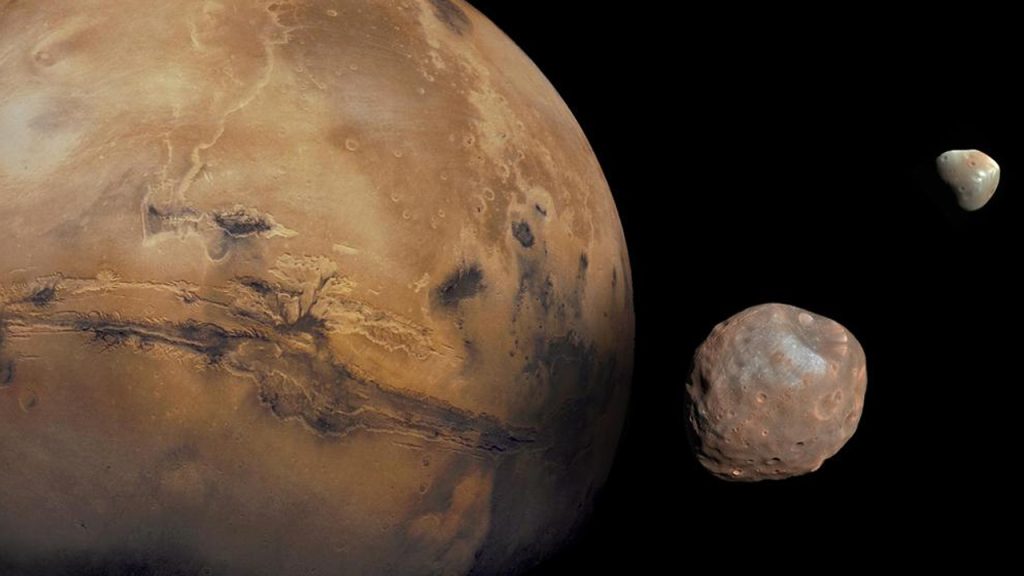
Mars has two small moons, Phobos and Deimos. They are thought to be captured asteroids and are much smaller than Earth’s Moon.
17. Saturn Could Float
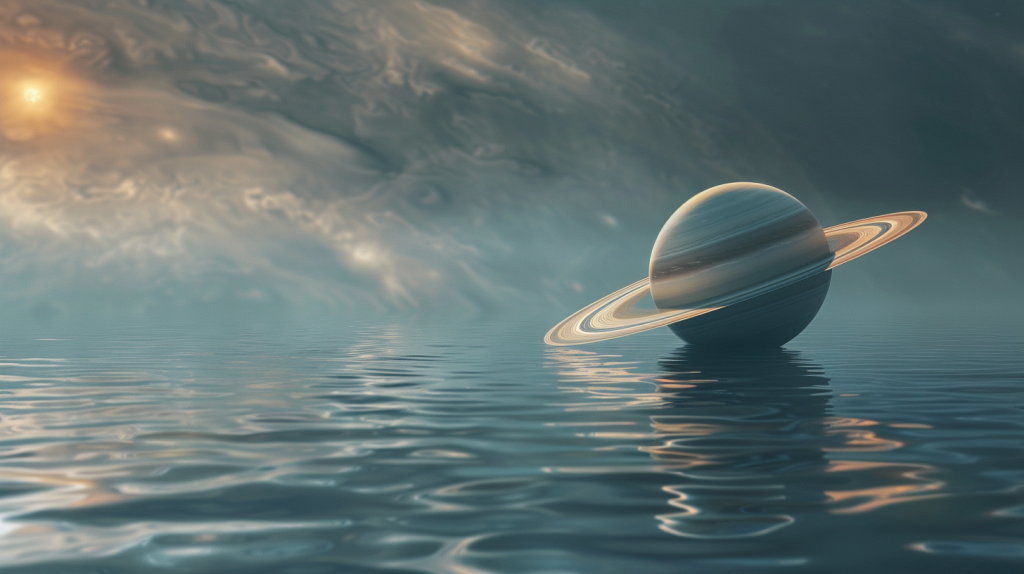
Saturn is the least dense planet in our solar system. It is mostly made of hydrogen and helium, and its density is so low that it would float if placed in a large enough body of water.
18. Jupiter Has a Strong Magnetic Field
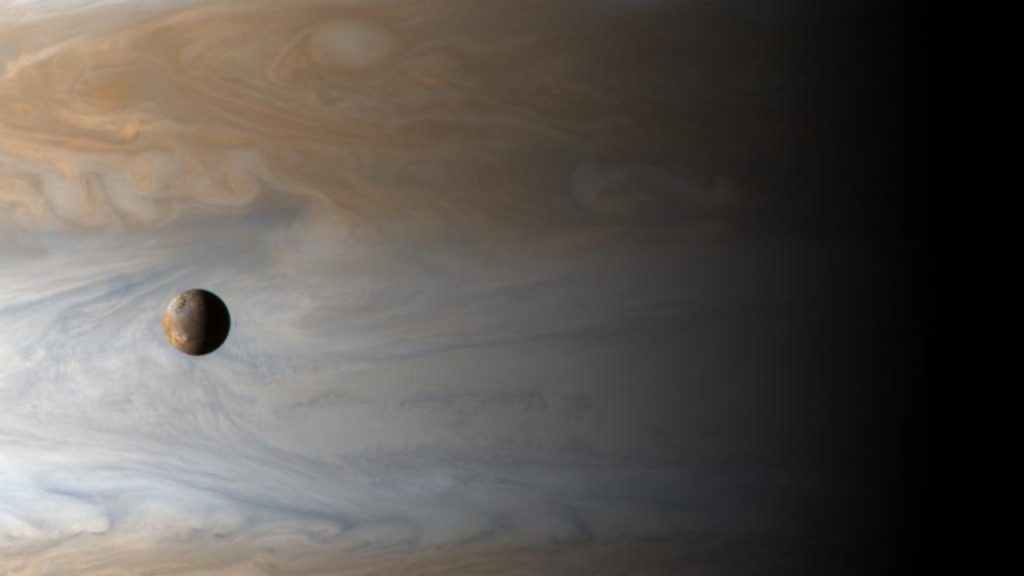
Jupiter’s magnetic field is 20,000 times stronger than Earth’s. It is so powerful that it creates radiation belts around the planet, which are deadly to spacecraft and humans.
19. The Sun’s Atmosphere Is Extremely Hot
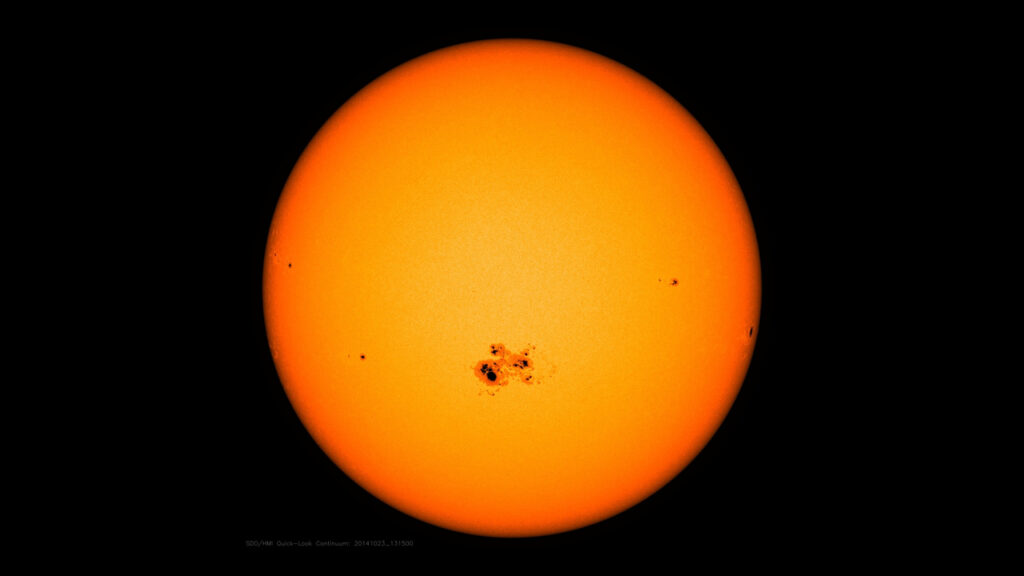
The Sun’s outer atmosphere, known as the corona, is hotter than its surface. While the surface is about 10,000 degrees Fahrenheit, the corona can reach temperatures of up to 3.5 million degrees Fahrenheit.
20. Neptune’s Moon Triton Orbits Backward
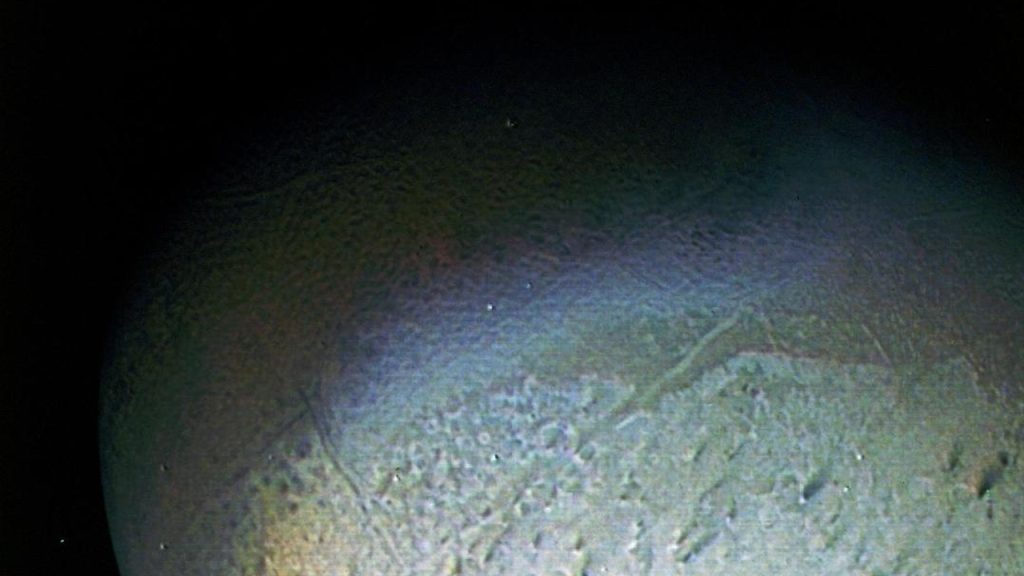
Triton, Neptune’s largest moon, orbits the planet in the opposite direction to Neptune’s rotation. This retrograde orbit suggests that Triton was captured by Neptune’s gravity and was not formed in orbit around the planet.
21. The Solar System Moves Through Space
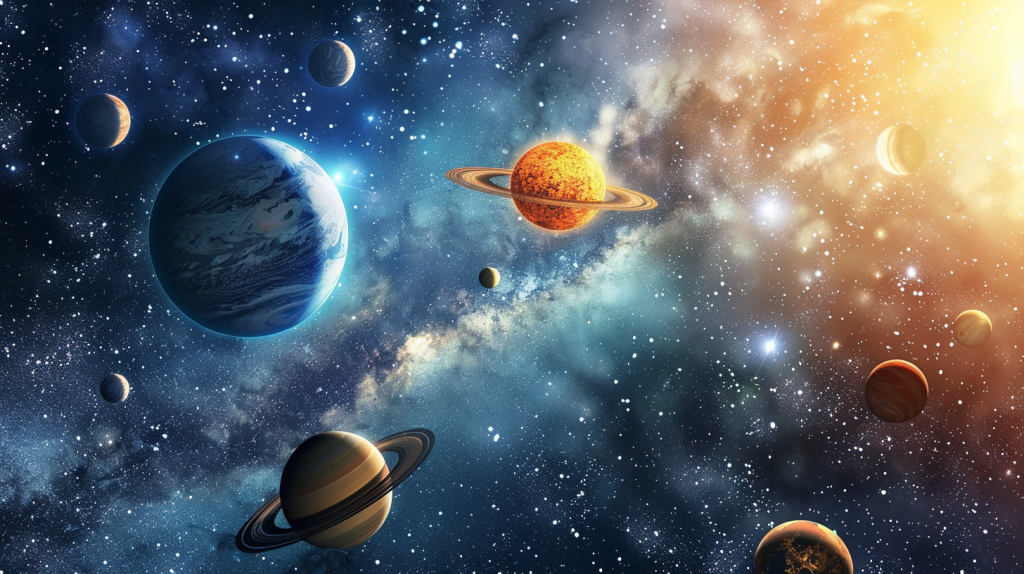
Our solar system is not stationary. It moves through the Milky Way galaxy at an average speed of about 514,000 miles per hour, completing one orbit around the galaxy every 230 million years.
Ellen has been obsessed with logic puzzles, jigsaws, and cryptograms since she was a kid. After learning she was taught how to play chess wrong by a family friend (so they could win), she joined her school chess club and the rest is history.

